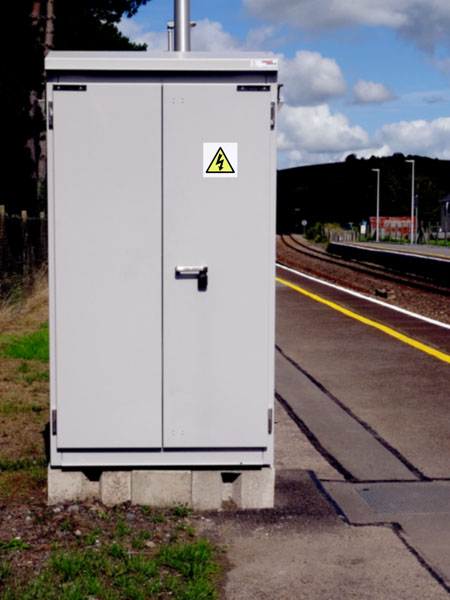
No matter where you work, electricity will be somewhere in your workplace. Sure, some jobs, such as engineers or electricians, encounter it a lot more, but even if you’re a humble office worker or an agrarian farmer, there’ll be some point in your working day where you’re face-to-face with a potential hazard.
Treatment for electric shock and its symptoms has come a long way, but as always, the best line of defence is using correct safety protocol. However, even if signs are used perfectly, the volatile nature of electricity can still result in accidents, so staff members must know the correct steps to deal with them.
Even the smallest shocks can have a long-term effect on health, so find out how electric shock notices and proper protocol saves lives below.
What Does the Law State?
Generally speaking, The Health and Safety Regulations 1996 place a responsibility on employers to provide safety signs in places and circumstances where there is risk to their employees. The level of risk is calculated during a risk assessment, so, in the case of electrical dangers, electric shock notices would need to be put in place to proactively protect employees.
A separate set of laws are specific to electrical dangers. These are principally defined by the Electricity at Work Regulations 1989 which puts responsibility on employers to ensure electrical devices are safe in the workplace. Employers, defined as the duty holders, must:
- Organise electrical systems in a way that prevents danger
- Keep electrical systems maintained and functioning safely
- Carry out repairs by a professional to prevent danger
However, once a risk assessment is carried out, how do you mitigate risk, react to accidents and what is the best practice for electrical-related signs in general?
How to Mitigate Risk
Other methods include:
- Checking to see if fuses are correctly fitted.
- Ensuring equipment at 230 volts or over has an RCD (residual current device) fitted order to limit the duration of electrical shocks.
- Consistently running maintenance to prevent and fix any problems with electrical equipment.
In addition to the above, you or another member of staff should be trained in how to deal with someone who has suffered from electric shock.
How to React Should an Electric Shock Occur
The first step to dealing with someone suffering from electric shock is to safely turn off the source of electricity. If this is not possible, then do not touch or go near the person until it is switched off.
Once the power has been switched off, prevent the injured person from becoming too cold. If they are unresponsive, then perform CPR if you are properly trained in it.
For burn areas, they should be covered by a sterile gauze bandage or cloth. Under no circumstances should a towel, blanket or other thick covering be used as the fibres can stick to the affected area.
The emergency services should be called if the person has any of the following electric shock symptoms:
- Confusion
- Arrhythmia
- Cardiac arrest
- Loss of consciousness
- Seizures
- Muscle pain and contractions
- Breathing difficulty
Of course, erring on the side of caution is recommended. If anybody is affected by electricity, then the emergency services or a trip to A&E can’t hurt.
Electrical Sign Best Practice
A significant portion of electric-related injuries are down to, pardon the pun, shocking standards of signage. All possible electrical hazards must be signposted with appropriate signage.
Label Source stocks a range of electric shock notices to prevent the possibility of accidents and help to keep your premises safe.